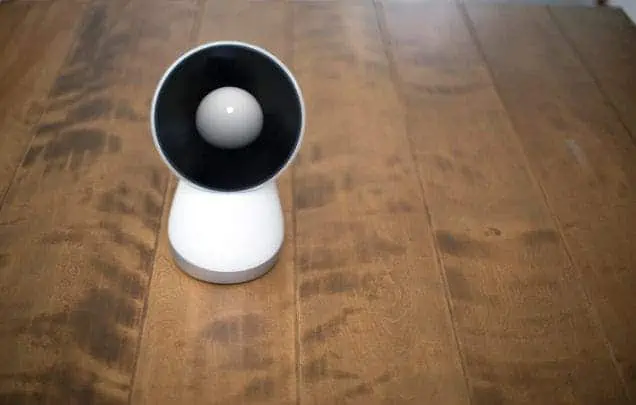Dr. Breazeal, the 48-year-old founder and director of the Personal Robots Group at the Massachusetts Institute of Technology’s Media Lab, is known for her pioneering work in technology with social intelligence. She created her latest product for a private company that she founded, also called Jibo, where she is chief scientist. It is part of an expanding product line. Recent launches include Buddy, a knee-high “companion” robot with a rectangular screen for a face that can remind people about events and appointments and monitor homes, and Leka, a small, circular, motion-sensitive toy that lets children play educational games.
Dr. Breazeal’s inspiration for her robots were R2-D2 and C-3P0 in “Star Wars,” the film that got her interested in the field in the first place. The daughter of two scientists who worked at federal laboratories in Livermore, Calif., she saw the movie for the first time at age 10. “I was completely blown away, obviously, by the movie but also by the droids,” she says.
As a student at the University of California, Santa Barbara, she thought that she wanted to be an astronaut. But she switched tracks, majoring in electrical and computer engineering and then earning her Ph.D. in space robotics. When NASA sent a robotic spacecraft to survey Mars in 1996, she wondered why there wasn’t more progress in household robots. So she turned her focus closer to home.
At MIT in the late 1990s, Dr. Breazeal created her first social robot—defined as one that interacts in a personal and cooperative way with humans. Rather than working on getting the robots simply to carry out tasks, she focused on improving their responses to people in ways that seem empathetic and emotional. An early model, Kismet, looked like a robotic head. It could recognize a person’s expressions and respond with appropriate expressions of its own.
Her models have come a long way since then. In 2008, she helped build the 4-foot-tall Nexi. It could talk, move on wheels and pick up objects. Its humanlike face could also make expressions, its blue eyes blinking and its eyebrows moving up and down as if in anger or sadness.
The idea behind her projects was in part to explore how well robots could read people and whether people would trust and feel comfortable interacting with robots. She wanted to build robots that felt more like a partner than a tool. Along the way, Dr. Breazeal says, one of her big questions was: “What are these emotional, interpersonal interactions that set the foundation for all communication?”
In one test, she and her students built a robotic weight-loss coach—a simple model with a rectangular body holding a computer screen and a head on top—to see if it could help dieters. They had subjects talk to the robot every morning, going over their weight-loss goals, and enter data about their food consumption on the screen. The robot compared the data with how they had done on previous days, told the dieters things like “Good job” or “You didn’t quite reach the goals you set for yourself,” and gave recommendations. People who interacted with the robot stuck with their diets twice as long as those who wrote a diet log on paper and 40% longer than people who logged their meals on a computer, without robotic coaching.
Dr. Breazeal doesn’t think that robots will come to replace human relationships; instead, they could be similar to a pet or a supportive acquaintance. “It’s this not-quite-human other, but it can still connect to you in a rewarding way,” she says. And she thinks robots could improve time with family and friends by taking on more routine tasks.
Her latest robot, Jibo, is about the size of a small table lamp, with a round screen that swivels on a stationary base. Users can talk to Jibo, which is programmed to autonomously do things like take pictures, read out emails and calendar reminders and make video calls. Jibo can recognize faces and talk back. The company has raised about $60 million so far. A pre-release version at $749 is sold out; it will be available to the public in a few months.
Dr. Breazeal lives in the Boston area with her husband and three young sons. In her down time, when she isn’t reading about science and artificial intelligence, she likes to read books on her oldest son’s sixth-grade reading list and talk about them with him.
Education is another area where she thinks robots will eventually expand. Robots could supplement human teachers by acting as interactive practice companions. “I’m really thinking about social robots as an extender of our human capacity,” she says. “There’s just not going to be enough doctors to meet the demand. There’s just not going to be enough elder care to meet the demand and certainly not enough teachers for every child to have a personal tutor.”
In the end, she thinks that technology will only add to our understanding of what it is to be human. “I’m hoping not for a denigration of the human experience but almost a re-enlightenment and a re-appreciation of what it means to be human,” she says. “How can we create technology to support who we are?”







